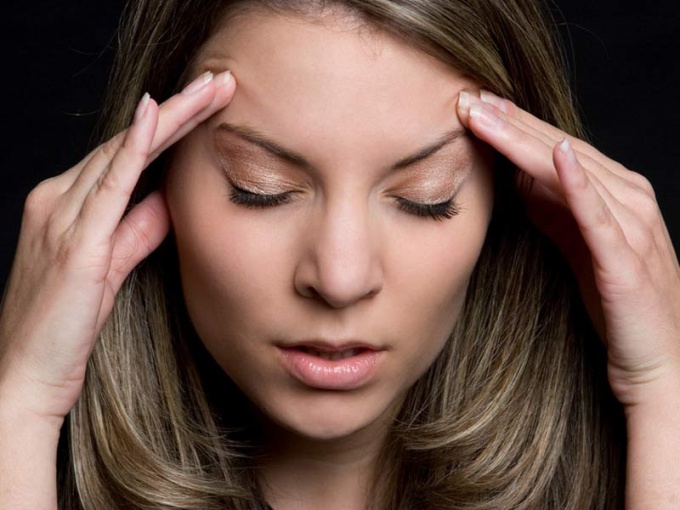High atmospheric pressure
Higher is the pressure, which reaches elevations in excess of 755 mm Hg. This increase in atmospheric pressure primarily affects people who are prone to mental illness and disease asthma. People with various heart pathologies also feel uncomfortable. This is especially true in a time when the jumps in atmospheric pressure occur rapidly.
People suffering from hypotonia, an increase in atmospheric pressure occurs increased blood pressure. If a person is healthy, in such a situation, in the atmosphere it increases only the upper systolic blood pressure, and if the person is hypertensive, blood pressure he had with the increase in the atmospheric tone.
Low atmospheric pressure
When atmospheric pressure is reduced to the level of 748 mm Hg people with a weather dependent experience severe discomfort. Hypotensive lose power, they have nausea and dizziness. Low atmospheric pressure also affects people with heart rhythm disturbances. Having a tendency to depression and suicide, I feel the aggravation of anxiety and restlessness, sometimes leading to tragic consequences. In this period it is necessary to try to avoid excessive exercise and sports. It is very important that using medications (prescribed by a doctor) and also by hot black tea or (if no contraindications) small portions of alcohol to be able to somehow take control of their health and mood.
At low atmospheric pressure, the lower the partial pressure of oxygen. In arterial blood, markedly reduced the tension of this gas, which stimulates special receptors in the carotid arteries. The impulse is transmitted from them to the brain, resulting in shortness of breath. Due to enhanced pulmonary ventilation, the human body is capable of at altitude (when climbing) fully provided with oxygen.
The overall health of the person under reduced atmospheric pressure reduced by the following two factors: increased activity of the respiratory muscles, requires additional oxygen, and washing out carbon dioxide from the body. A large number of people, at low air pressure see problems with some physiological functions, which leads to oxygen starvation of tissues and is manifested in the appearance of shortness of breath, nausea, nasal bleeding, dyspnea, pain, and changes of smell or taste, as well as arrhythmic heart.

